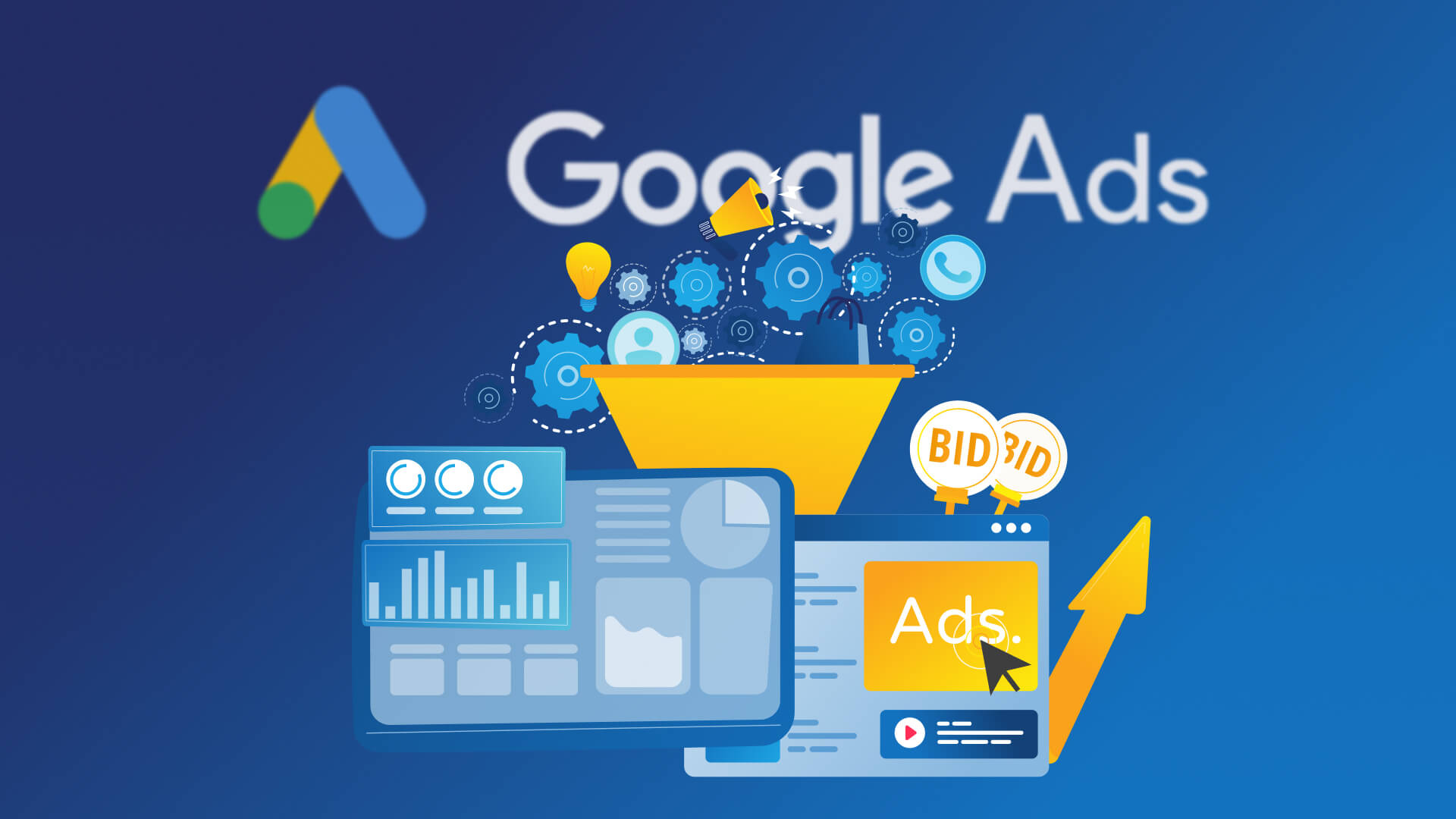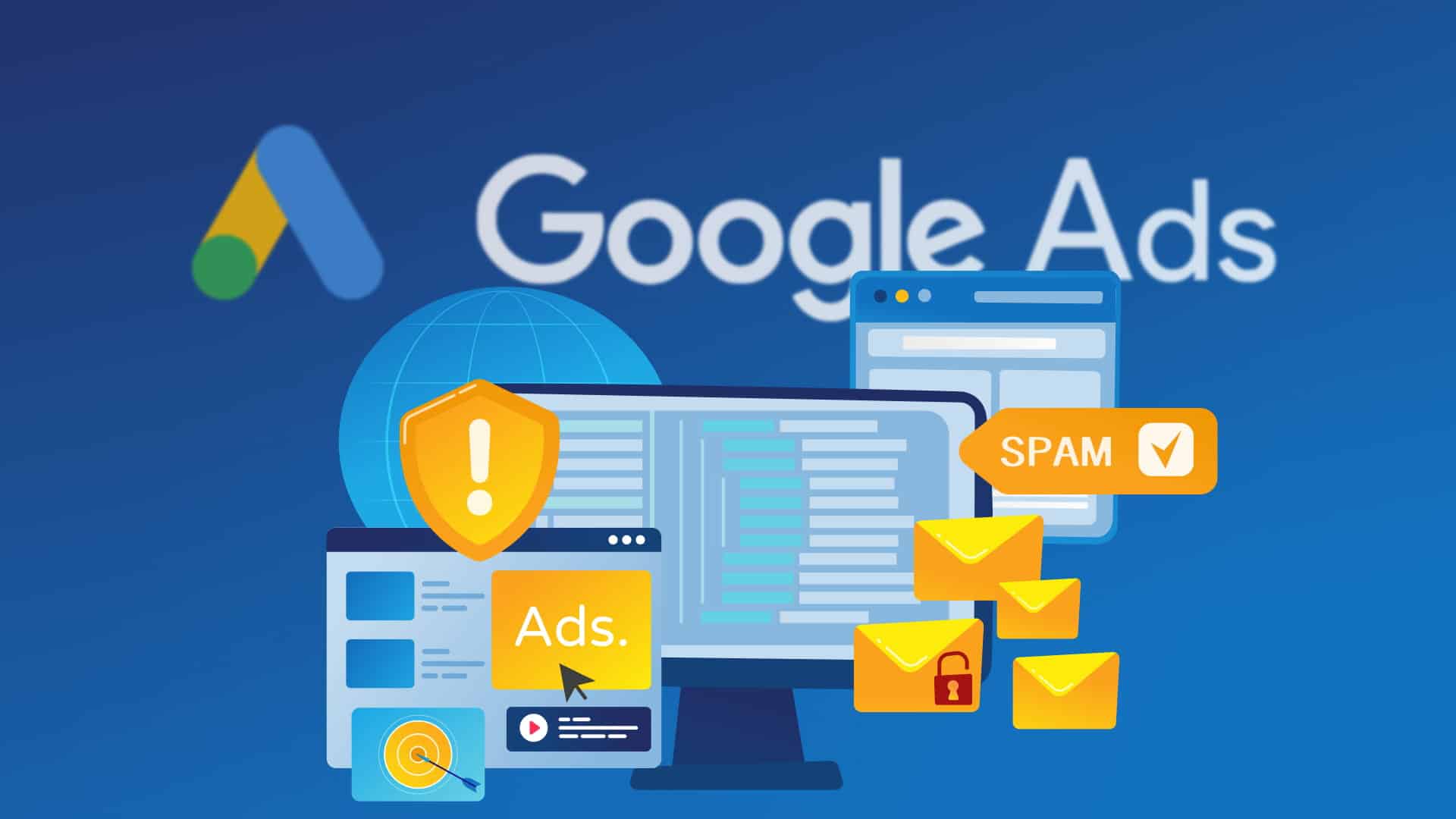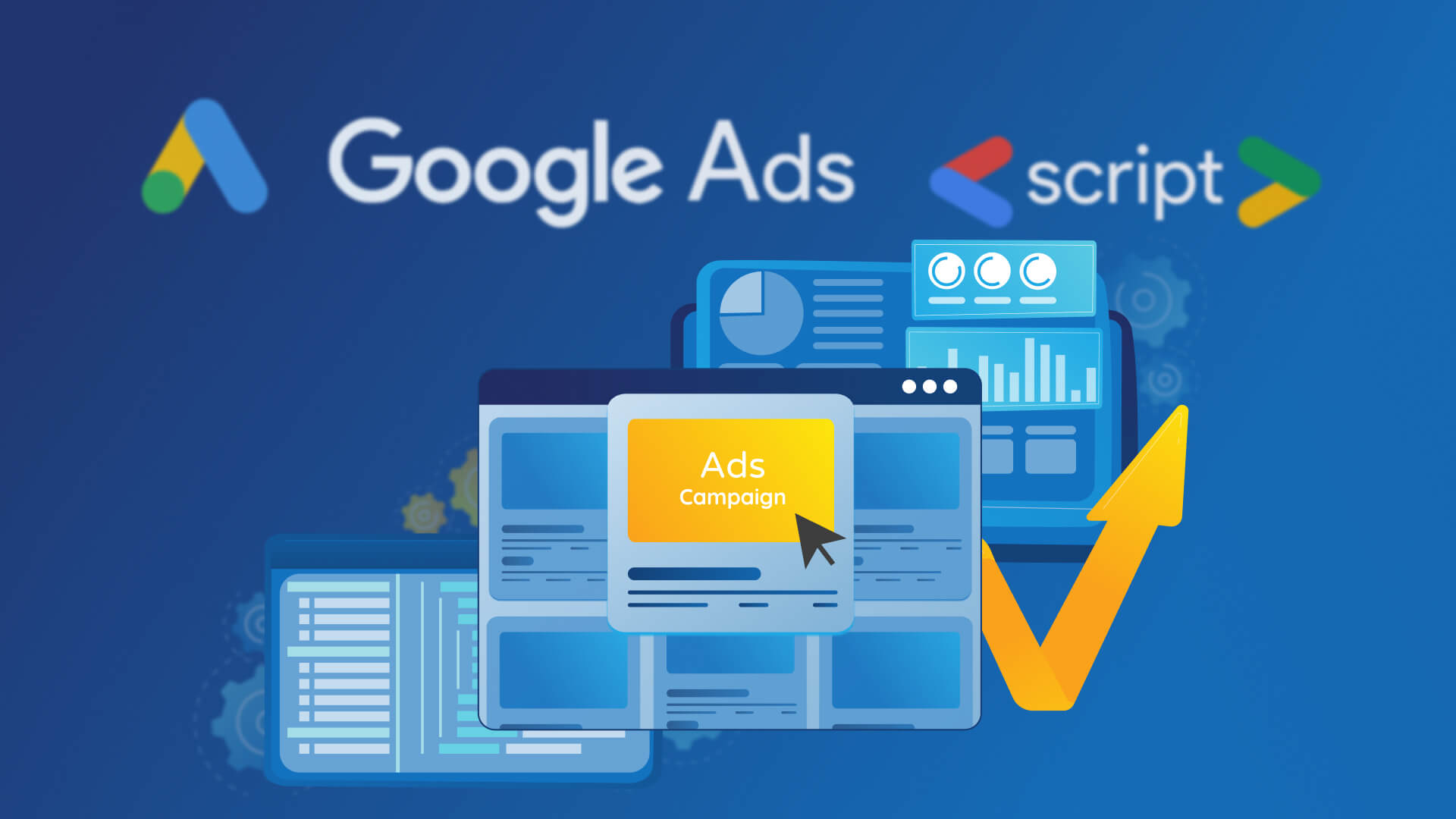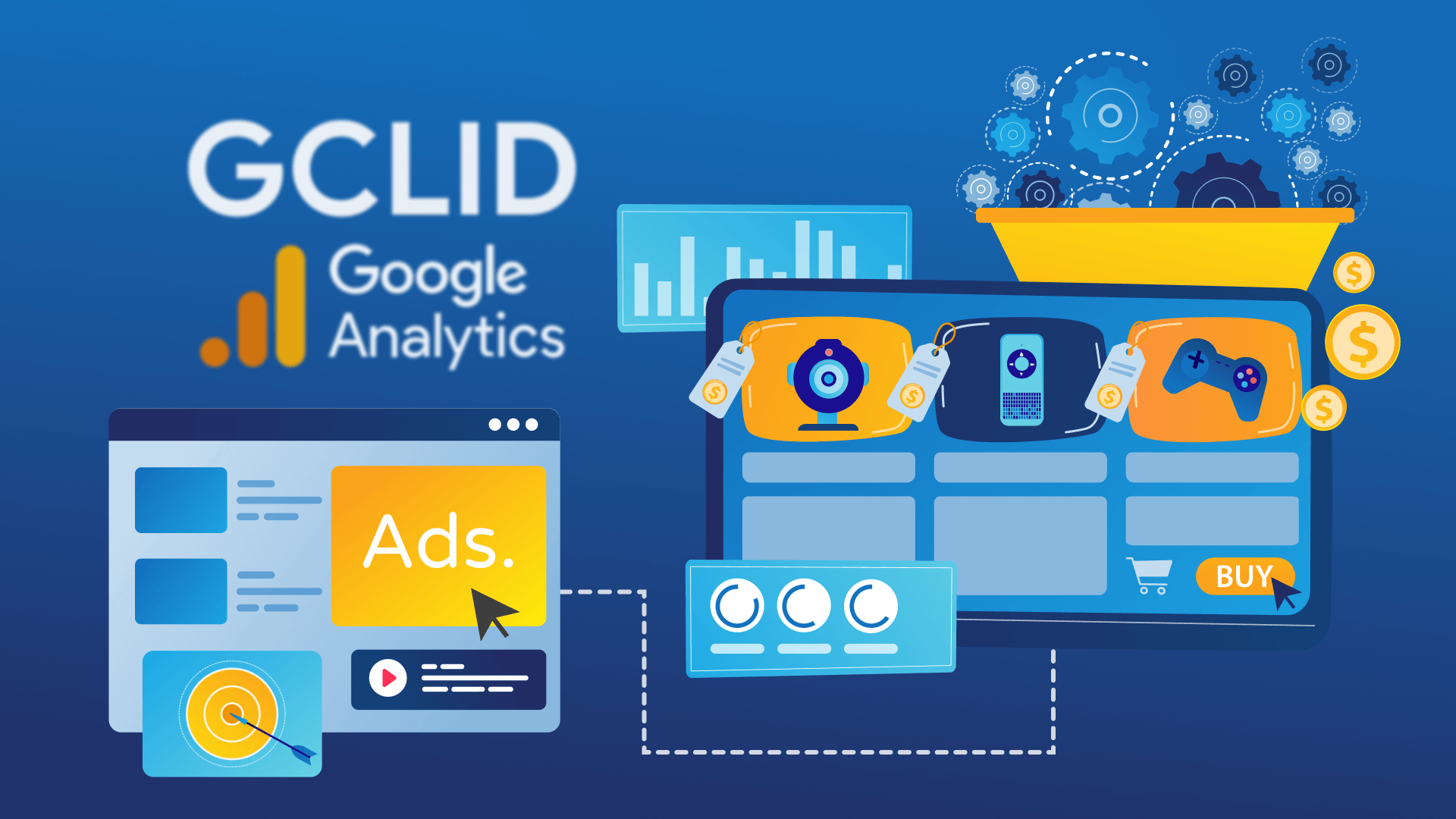Digital marketing has its advantage with measurable performance over traditional marketing. Accordingly, marketeers spend hours to understand which tactic works by analyzing performances.
In this post, we suggest 6 strategies for lowering the cost-per-conversion (CPC).
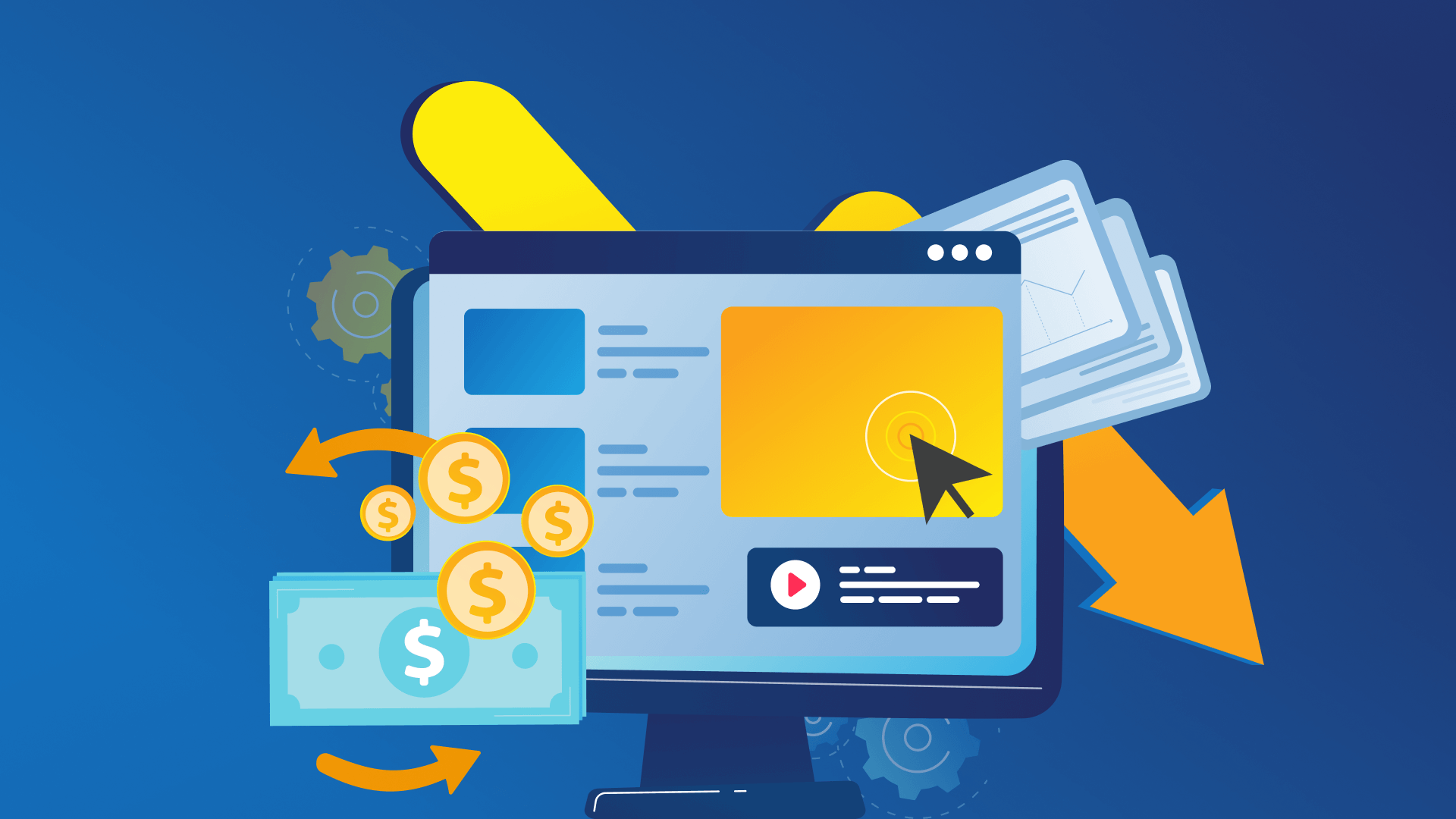
What is a good cost-per-conversion?
You spend money on online advertisements to gain new customers and make sales. When you calculate the total number of customers you have gained with this advertisement, it becomes clear how much you actually spend on a customer. This is what we call cost-per-conversion.
What is a good cost-per-conversion? There is no one-size-fits-all rate. The “ideal” cost-per-conversion can vary depending on your industry, product, service, and overall marketing objectives.
If the cost-per-conversion is too high, your ad may underperform. Thus, it would be better to go over your ad. Wrong audience? Maybe, the ad content isn’t as captivating as you think. On the other hand, if you get better cost-per-conversion rates (lower), this means more of those “clicks” you’re paying turn into sales.
How to calculate CPC: Cost per conversion = Total cost of ads/number of conversions
For example, you spent $500 on your ad and gained 50 new customers. Your cost-per-conversion will be $10.
Strategies to lower your cost-per-conversion
1. Improve your Quality Score
The best search experience for everyone. That’s why Google has its algorithm to identify the most valuable results for organic searches.
Quality score is the numerical value from 1 to 10 that Google assigns to your keywords to evaluate the quality of your ads. And, it affects your ad rank and costs. You can increase your relevance and reduce cost-per-conversion by optimizing your ad’s Quality Score.
- Do your PPC keyword research and understand the search intent of your target audience. After that, run an ad campaign. Otherwise, it’ll be created randomly, so it’ll be hard to get their attention. Don’t waste your budget.
???? Higher Quality Score with lower CPC.
2. Optimize landing pages
Let’s say while scrolling on Google, you saw an interesting ad and clicked on it. However, you find yourself on a complicated and irrelevant landing page. So, you’ll probably leave this page in a second. That is, the advertiser lost a potential customer and ad budget.
A relevant, easy-to-navigate landing page with a clear call-to-action can increase conversion rates. It also boosts the credibility of your brand and better positions your business within your industry. The thing is, send the user traffic to the right place with the right traffic routing.
3. Utilize geo-targeting
There is no strategy in marketing to target “everyone.” If you try it, you can’t convert anyone. That’s why identifying and understanding your audience is half the job. In addition, this can also be useful for location targeting.
Instead of marketing everywhere, consider focusing on specific geographical areas where you know your potential customers are more likely to be. This not only lowers competition but can also decrease your costs.
Here is one more tip: Schedule ads during parts of the day when conversions are highest. This reduces wasted spend and costs.
4. Test Ads Regularly
Run A/B tests on your ad copy, design, and landing pages to see what works best and optimize accordingly. Don’t leave it to luck. Data never lies. Therefore, regularly optimizing your ads based on testing can reduce your cost-per-conversion.
5. Keyword Expansion
You can add your newfound paid search keywords to your existing campaigns by expanding your keyword list for search engine marketing.
Start by reviewing your current keywords, then use keyword research tools to identify new potential ones. Look for long-tail keywords with the lower competition; these can offer a lower CPC and high conversion rates as they target users with specific search intents.
More targeted keywords can lead to higher relevance and lower CPC.
6. Add negative keywords
Without a negative keywords list, your ad will also appear on irrelevant and unwanted search terms.
While using “phrase” and “broad” match keywords might initially appear more beneficial, your ad can match with irrelevant terms to your business. Include negative keywords in your ad to get rid of “phrase” or “broad” matches’ disadvantages.
Therefore, you can prevent your ads from showing irrelevant search queries to your business, reducing wasted spend on clicks that aren’t likely to convert. By monitoring regularly, you can ensure your ads are only reaching the most qualified audiences, which can lower your cost-per-conversion.
Try PEMAVOR’s Keyword Negativation Tool
Try PEMAVOR’s tools to stop wasting money on useless searches and have full control over your ad reach.
- Identify and filter out unwanted searches
- Send the user traffic to the right place
- Scale the traffic volume with new keywords.
By blocking irrelevant search queries with negative keywords, this tool helps lower your cost-per-conversion and ensure your ads reach the most relevant audiences.
You can either try the free Keyword N-gram Analyzer tool or contact us for Keyword Negativation in Google Ads, which offers more advanced analysis. Besides, You can also find all the solutions you need for Negativation in our paid service, PhraseOn. It’s highly recommended for users that have high Google Ads spending.
Conclusion
Cost-per-conversion isn’t a universal standard; it varies by factors such as industry, product, and marketing goals. But optimization can lower your costs and boost ROI across.
Using these strategies, you can optimize your Google Ads campaigns for better, more affordable results.
